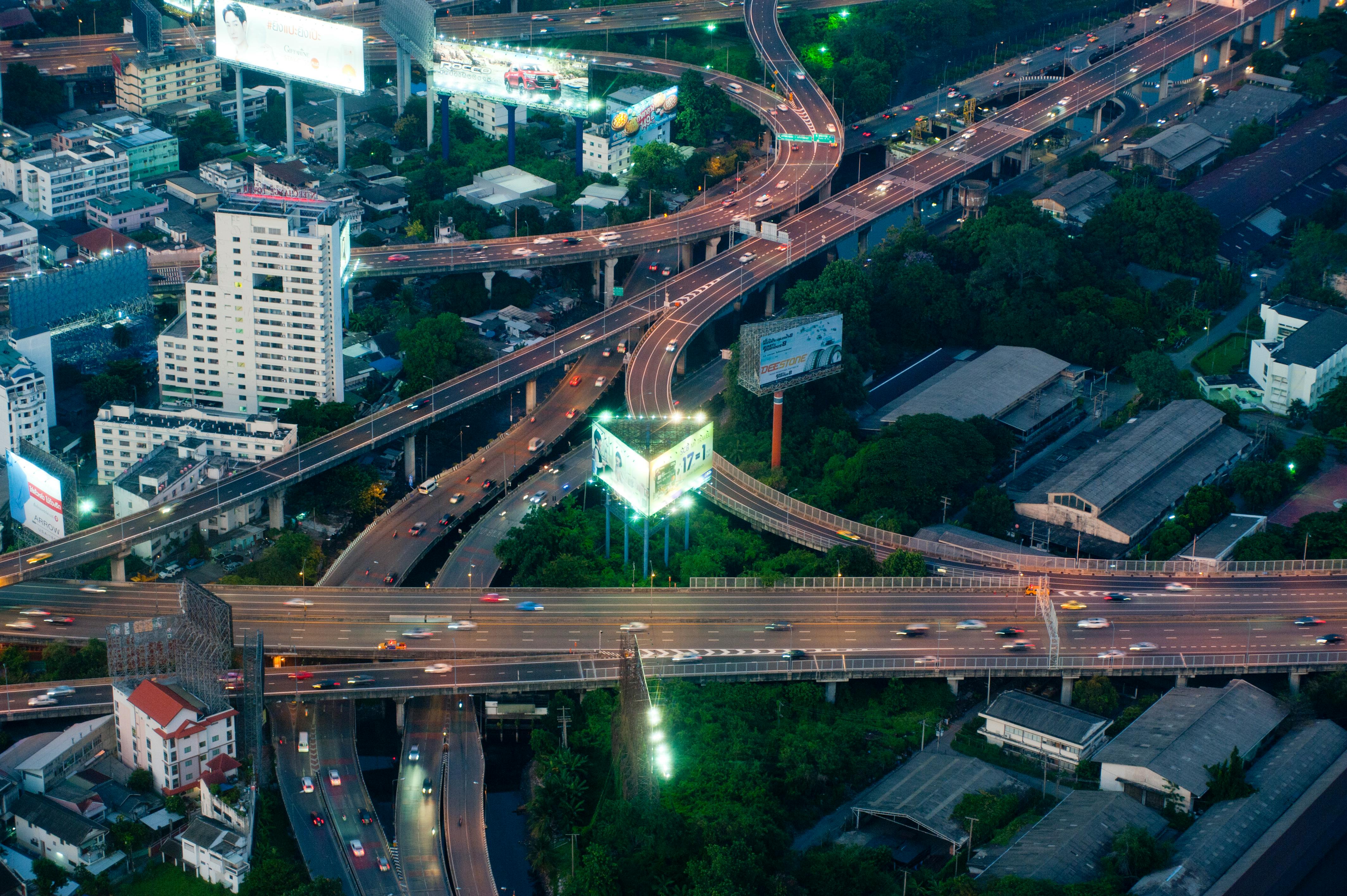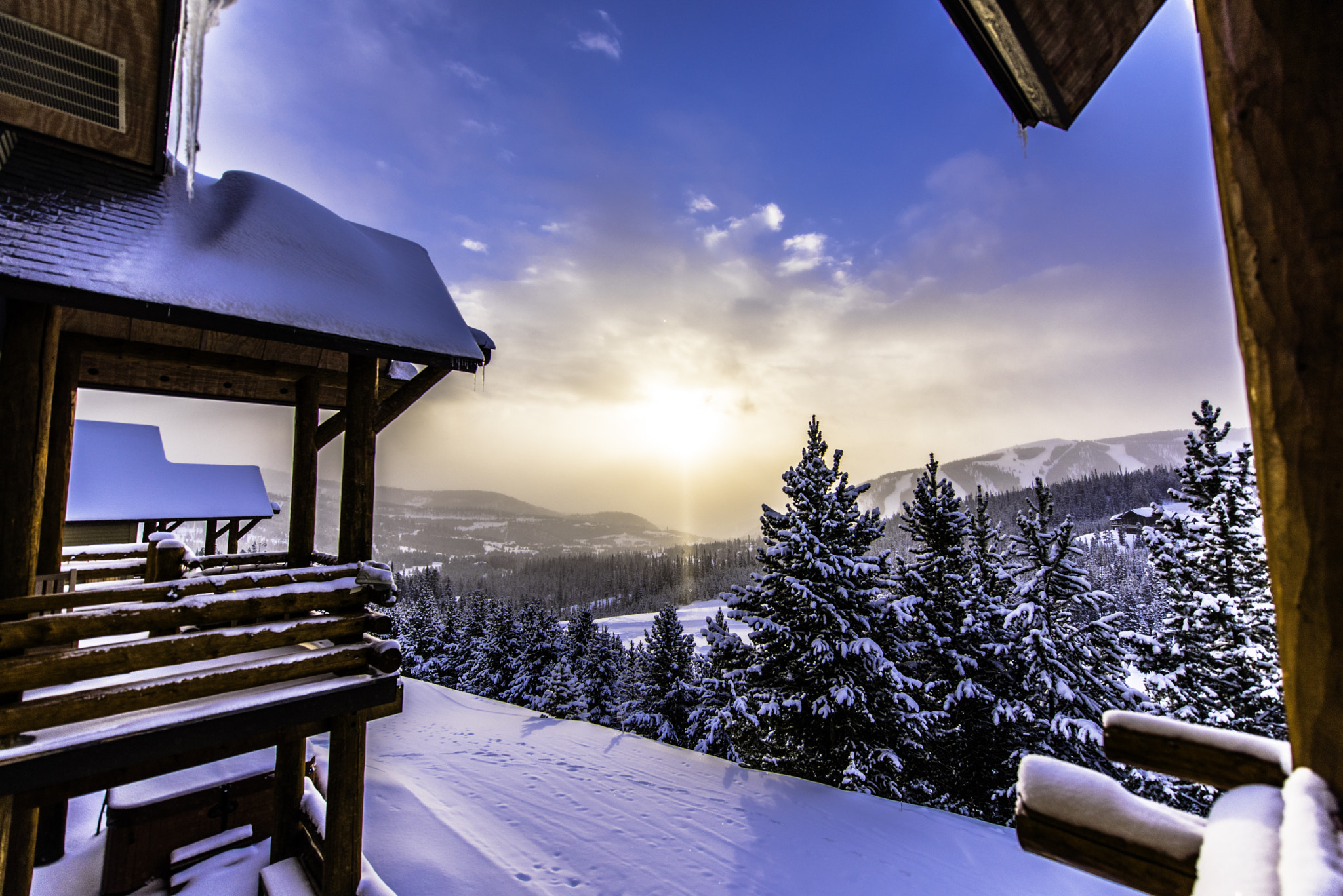12 Best Eco-Lodges Around the World That Prove Luxury Can Be Sustainable
Luxury travel and environmental responsibility don't have to be opposites. Across coastlines, rainforests, deserts and islands, a new generation of lodges shows that high-end comfort can sit alongside measurable conservation, renewable energy and community support. This list highlights 12 properties where research, guest feedback and public sustainability programs back up their eco claims. Each entry focuses on the property's standout luxury features, its verifiable green practices and what to check before you book. For North American readers, the selection includes both domestic examples and internationally reachable options that balance prestige with purpose. Wherever possible, I note how each lodge integrates renewable energy, water stewardship, waste reduction or habitat protection into daily operations. Practical details—seasonal access, travel logistics, and where to verify certifications—are also included. As of November 2025, certification statuses and program specifics can change, so double-check official reports and third-party validators before you finalize plans. Use this guide to pick stays that match your comfort expectations and environmental priorities, and to ask informed questions when contacting reservations. Thoughtful travel supports communities and ecosystems while delivering the high-touch experiences many travelers expect. Read on for a geographically diverse set of eco-lodges that combine luxe amenities with measurable sustainability efforts.
1. Lapa Rios Lodge — Osa Peninsula, Costa Rica
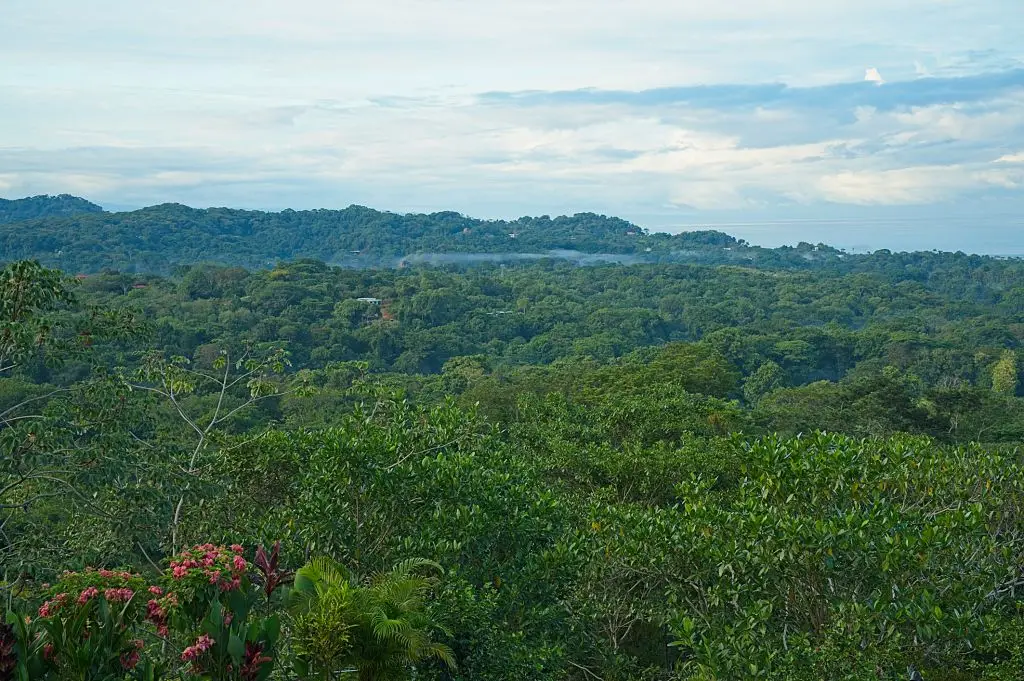
Nestled on a private nature reserve in Costa Rica's Osa Peninsula, Lapa Rios Lodge pairs rainforest immersion with conservation-driven operations. The property manages a protected reserve with extensive birdlife—reports cite more than 350 species—while using low-impact construction and community hiring practices that support local livelihoods. Renewable energy systems, composting and organic gardens feed the lodge's restaurants, and trails are designed to minimize erosion and protect canopy habitats. Guests stay in bungalows that blend local materials and comfortable design, with views that emphasize wildlife watching over ostentation. Guided nature walks, birding tours and community visits provide meaningful connections to local conservation work. Before booking, confirm current renewable energy metrics and any third-party certification listed on the lodge's official site or partner conservation groups. The dry season typically offers easier hiking and clearer wildlife viewing, while the wet season highlights lush rainforest regeneration. Travelers who value guided education and habitat protection will appreciate Lapa Rios’s long-term reserve management and its focus on preserving biodiversity without sacrificing refined, nature-centered comfort.
2. Soneva Fushi — Baa Atoll, Maldives

Soneva Fushi is often cited for blending barefoot-luxury villas with strong waste-reduction and marine conservation programs. The resort emphasizes a zero-waste philosophy, extensive recycling, and on-site composting that supports its organic gardens. Marine initiatives include coral restoration, reef monitoring and partnerships that support the surrounding atoll's biodiversity. Villas range from intimate hideaways to family-friendly estates, each designed to open onto lagoon or beach settings and to prioritize natural materials and passive cooling where possible. Energy mixes include growing solar capacity and efficient desalination for freshwater needs, though technologies and capacities should be confirmed with the resort. Soneva publicly shares sustainability reports and project updates, making it easier to verify current practices. For travelers, the property blends private island seclusion with educational dive and snorkel programs that demonstrate conservation outcomes. Keep in mind that travel to remote atolls involves flight and boat transfers, so consider combined carbon impacts and offset options when planning.
3. Six Senses Zil Pasyon — Félicité Island, Seychelles
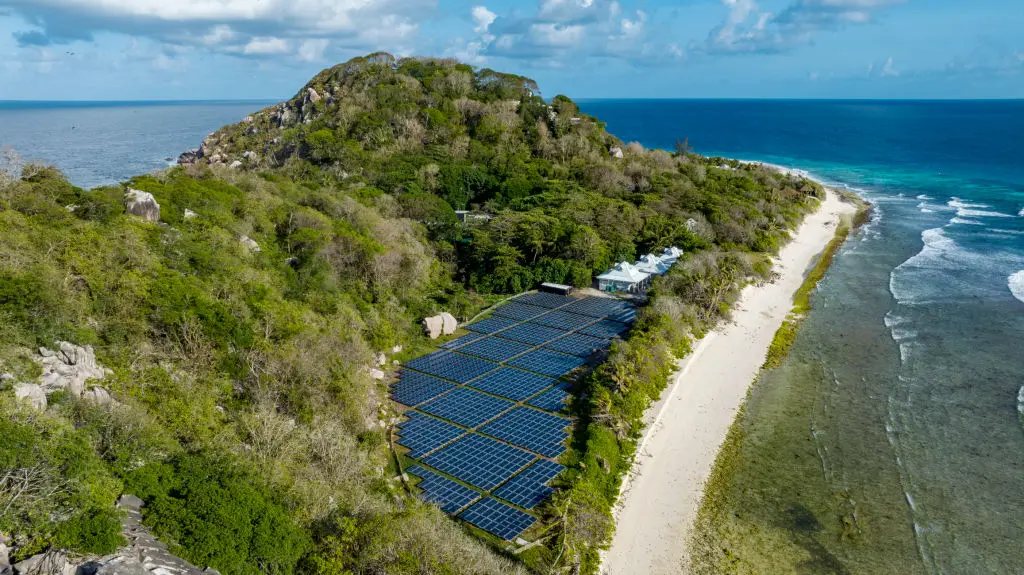
Located on a private island in the Seychelles, Six Senses Zil Pasyon combines modern wellness amenities with island restoration efforts and practical sustainability systems. The resort operates desalination facilities and has invested in solar power and efficient energy management to reduce fossil fuel dependence. Local sourcing and community engagement support island economies, while conservation programs focus on habitat regeneration for native species. Accommodation options include villas with private pools and extensive indoor-outdoor living spaces that emphasize natural ventilation and materials. Six Senses locations generally publish sustainability initiatives, so verify certifications such as EarthCheck or local environmental partnerships when researching dates and programs. Guests can expect spa treatments that use locally made organic products and curated experiences that highlight marine and terrestrial ecosystems. For travelers who want luxe wellness and measurable environmental actions, Zil Pasyon presents a blend of high-touch hospitality and island-focused stewardship.
4. The Brando — Tetiaroa, French Polynesia
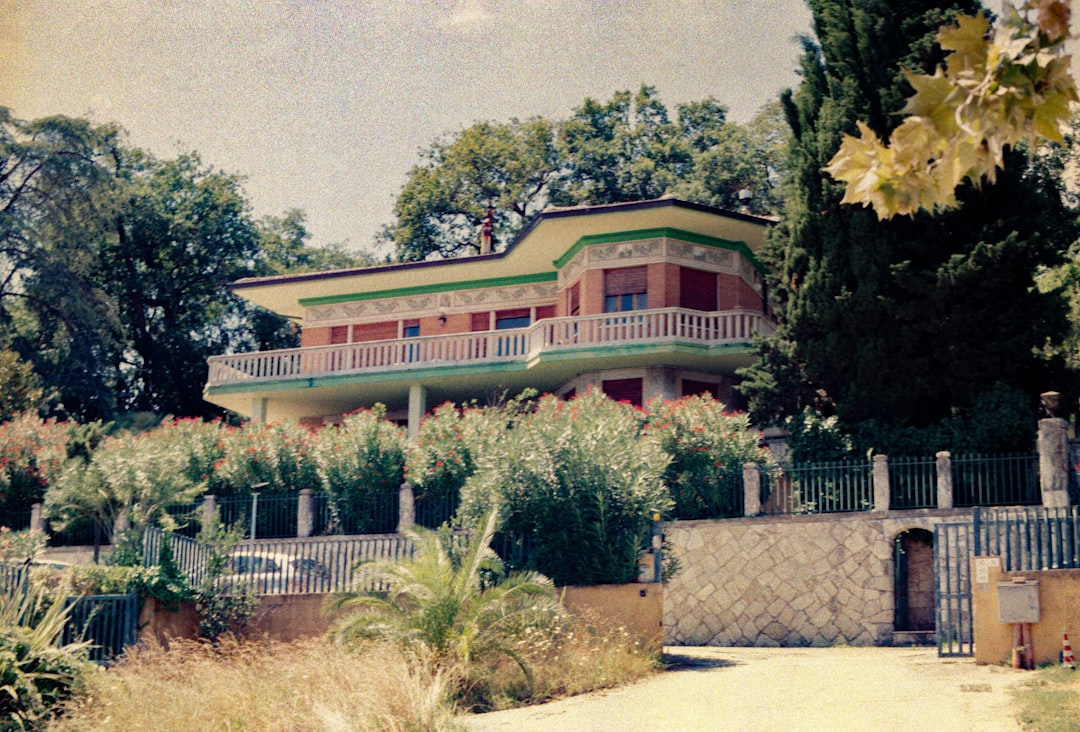
The Brando has built a reputation for high-end privacy alongside ambitious sustainability projects on the Tetiaroa atoll. The resort has invested in renewable systems and on-site research programs, including marine biology work that supports coral health and biodiversity. Early reports noted experiments with biofuel sources and integration of renewable energy to reduce reliance on imported fuels, and the property hosts research partners to monitor environmental outcomes. Villas emphasize natural materials, private pools and discreet service tailored to guest preferences, while on-island programs connect guests with conservation and cultural education. Given rapid developments in resort technologies, check The Brando’s most recent sustainability report for updated energy and waste figures. Logistics typically require flights via Tahiti and small-boat transfers, so factor travel time into plans. The Brando suits travelers who seek private luxury and are interested in staying at a property investing in long-term island stewardship.
5. Post Ranch Inn — Big Sur, California, USA
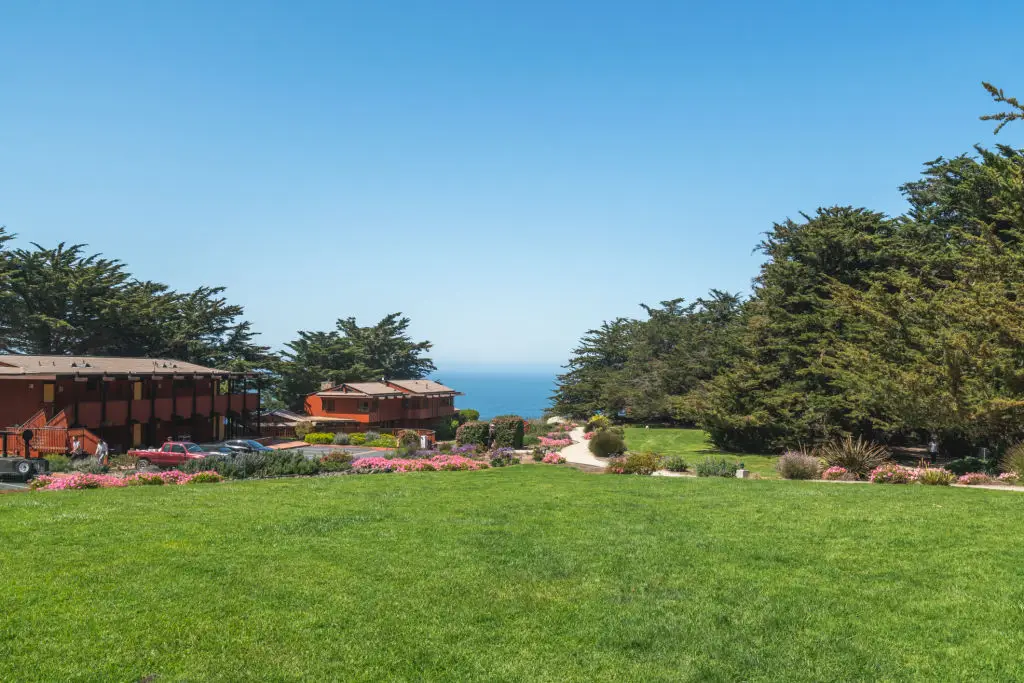
Perched on the cliffs of Big Sur, Post Ranch Inn showcases site-sensitive design and sustainable architectural practices that complement its dramatic ocean vistas. The property uses natural materials, energy-efficient systems and careful site planning to reduce environmental impact while delivering refined, design-forward accommodations. Rooms and suites focus on unobstructed views and quiet luxury, often with private decks and attention to natural light. The lodge emphasizes low-impact operations, including waste management and water conservation measures suited to the coastal environment. Its location provides easy access for North American travelers driving the Pacific Coast, which can lower carbon impact compared with long-haul flights. Reservations often require advance booking, especially for weekend stays, and amenities include a spa focused on organic treatments and locally sourced dining menus. Verify the lodge's current sustainability certifications and any new energy-efficiency upgrades on the official website when planning a stay.
6. Inkaterra Machu Picchu Pueblo Hotel — Aguas Calientes, Peru
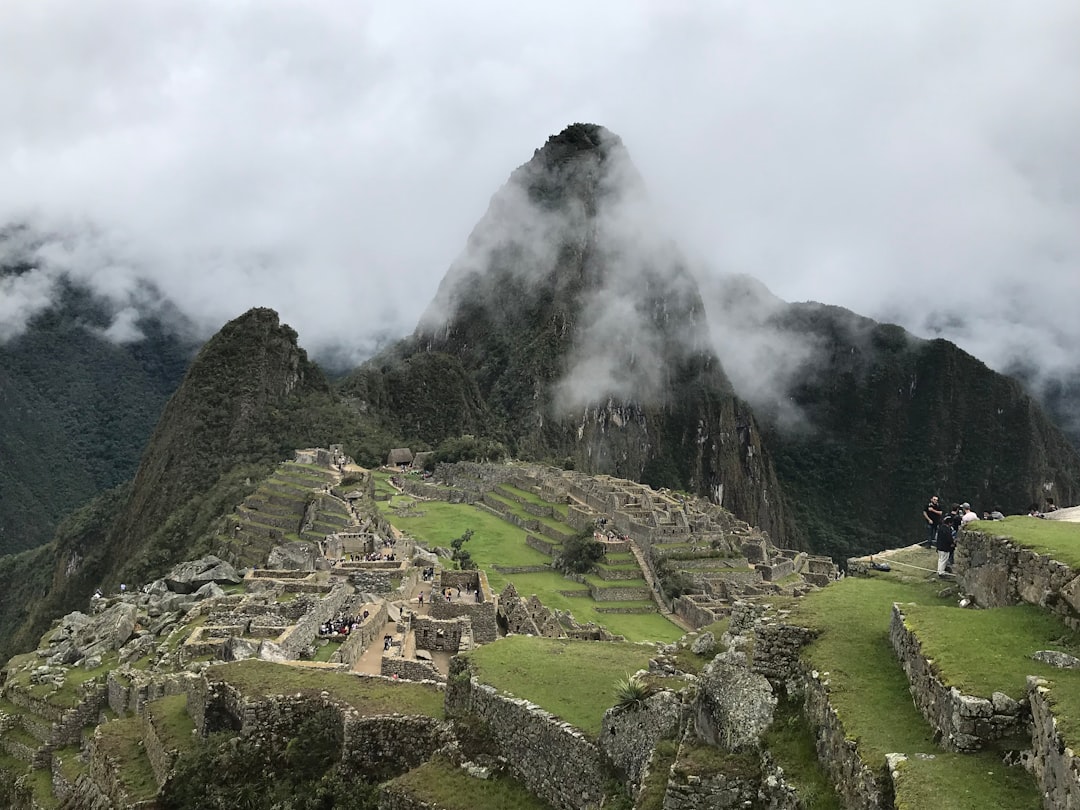
Inkaterra Machu Picchu Pueblo Hotel places conservation and community at the center of its operations near one of the region's most visited archaeological sites. The property uses local building materials and maintains wildlife gardens that support native species while offering guests immersive nature experiences. Management emphasizes hiring from nearby communities, educational programs and partnerships that protect cultural and natural heritage. Rooms blend Andean design elements with modern comfort and sustainable practices that reduce resource strain in a delicate highland environment. Guided walks and birding excursions highlight the hotel's biodiversity work, and the approach helps offset pressure on surrounding ecosystems by promoting responsible tourism. Because visitor flow to Machu Picchu is regulated, check entry windows and seasonal considerations when booking. Confirm current conservation partnerships and awards on the hotel's site to ensure practices are up to date.
7. Alila Villas Uluwatu — Bali, Indonesia

Alila Villas Uluwatu sits on Bali's southwestern cliffs and combines contemporary design with several documented sustainability measures. The resort has implemented solar panels, rainwater harvesting systems and organic gardening to support its restaurants and spa treatments. Villas are designed to maximize sea breezes and reduce reliance on mechanical cooling, and service models range from discreet to indulgent depending on guest preference. Alila's programs often include community engagement and cultural preservation activities that benefit nearby villages. Guests can enjoy private pools, wellness services and curated local experiences while seeing how the property balances guest comfort with resource efficiency. As with all properties, confirm the most recent certification status and program metrics on the resort’s sustainability page before visiting. Seasonal surf and weather patterns affect travel timing, so plan accordingly.
8. Hoanib Valley Camp — Kaokoland, Namibia
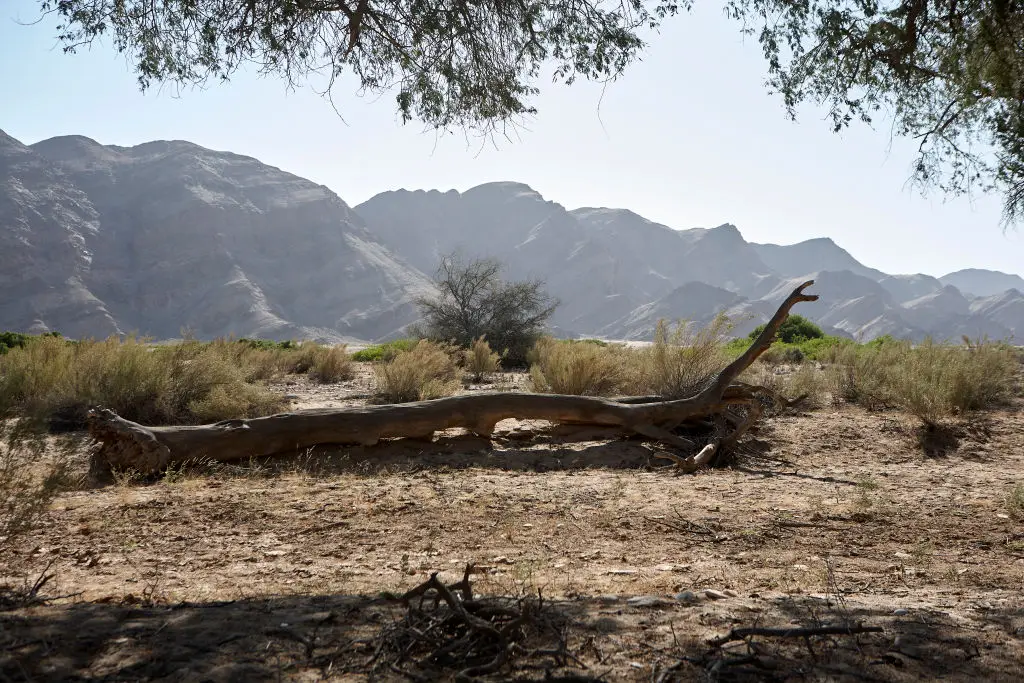
Hoanib Valley Camp offers a low-footprint desert experience where conservation is intrinsic to the guest program. The camp’s minimal infrastructure is intentionally designed to reduce impact on fragile desert ecosystems and protect roaming wildlife, including desert-adapted elephants and endemic species. Accommodation typically combines comfort with simplicity, prioritizing guided wildlife tracking and educational interpretation over large-scale amenities. The camp works with local trackers and communities to foster stewardship and employment while limiting vehicle use and off-trail impacts. Travel logistics often involve regional flights and overland transfers, so plan for more remote access and seasonal considerations for desert conditions. For travelers who value remote immersion and meaningful conservation support, Hoanib provides an example of luxury that emphasizes ecological sensitivity and direct community involvement.
9. White Desert Whichaway Camp — Antarctica
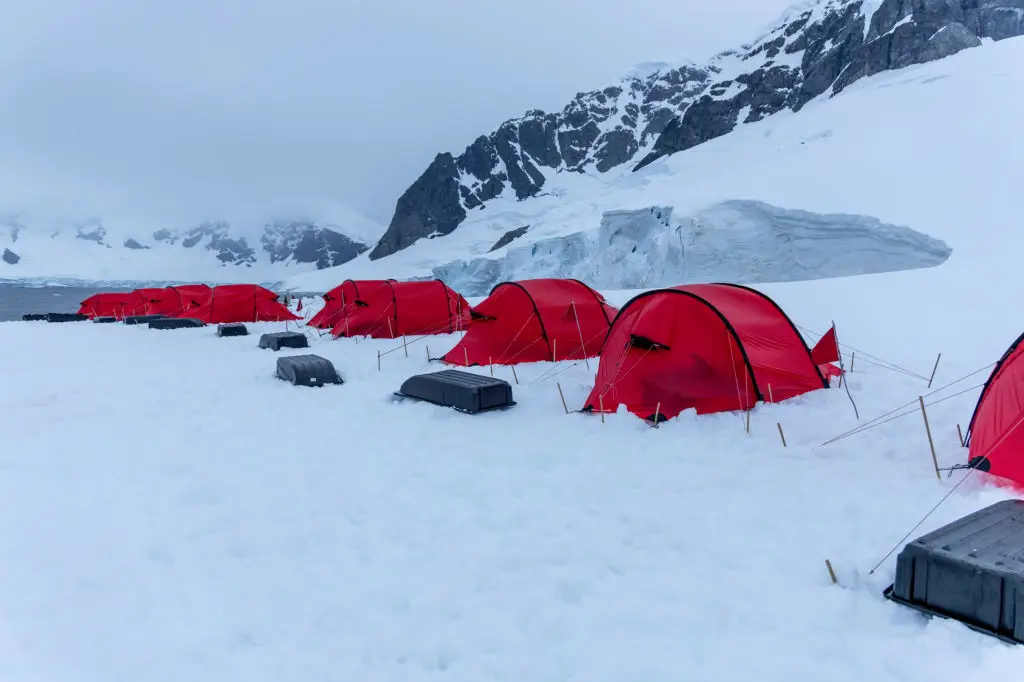
Whichaway Camp operates in one of the planet's most extreme environments where low-footprint logistics and scientific collaboration matter as much as comfort. The camp focuses on minimizing environmental effects through strict waste management, energy-efficient systems and partnerships with researchers who study ice, climate and Antarctic ecosystems. Guest accommodations are climate-controlled and designed to reduce resource needs while providing shelter, warm meals and guided scientific briefings. Travel windows are short and weather-dependent, so bookings require flexibility and often rely on specialist operators that emphasize environmental stewardship. Confirm operator credentials, waste-handling protocols, and research partnerships before booking, since polar operations carry unique environmental responsibilities. Travelers seeking rare landscapes and scientific engagement will find the camp’s balance of safety, sustainability and expedition-style comfort appropriate for once-in-a-lifetime trips.
10. Four Seasons Koh Samui — Koh Samui, Thailand
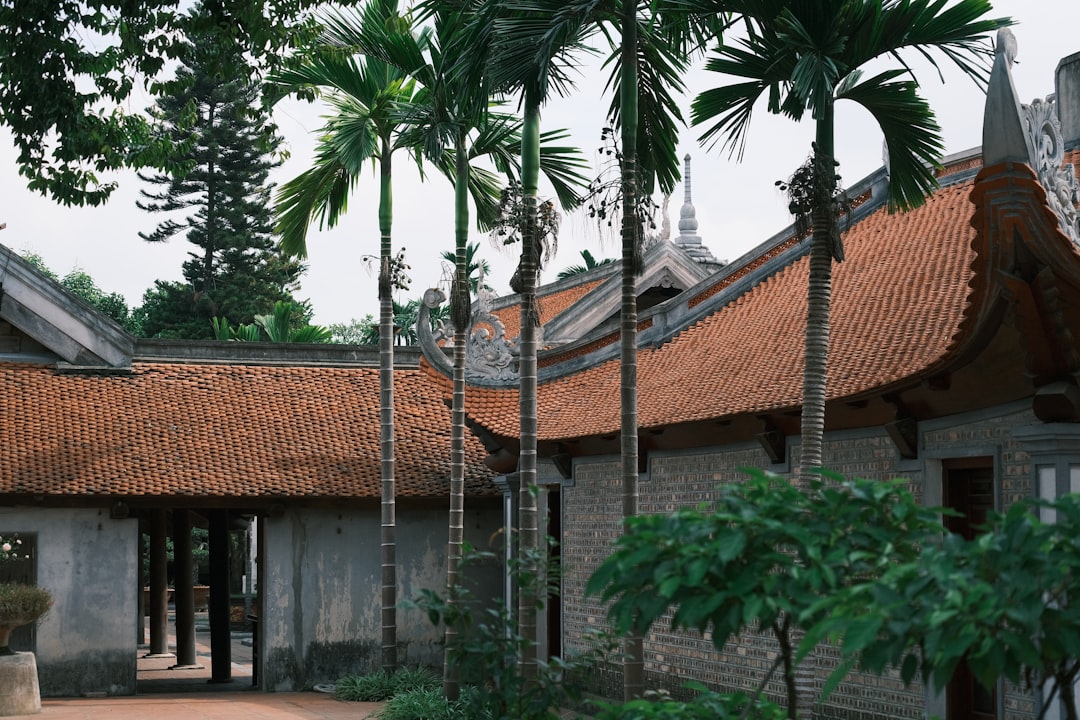
Four Seasons Koh Samui brings mainstream luxury to island sustainability efforts by combining private villas and service with targeted environmental programs. The resort has implemented initiatives around water conservation, waste management and local sourcing to reduce its island footprint while maintaining high service standards. Villas include private pools, expansive indoor-outdoor living areas and access to curated local experiences that highlight marine life and cultural heritage. The property works with local suppliers and conservation groups to support habitat protection and community development. For travelers who prefer internationally recognized hospitality brands with sustainability efforts, Four Seasons Koh Samui offers an accessible island option with the convenience and predictability of a global operator. Verify specific program outcomes and certification claims on the resort’s sustainability page before booking to understand current achievements and ongoing projects.
11. Discovery Rottnest Island Eco-Tents — Rottnest Island, Australia
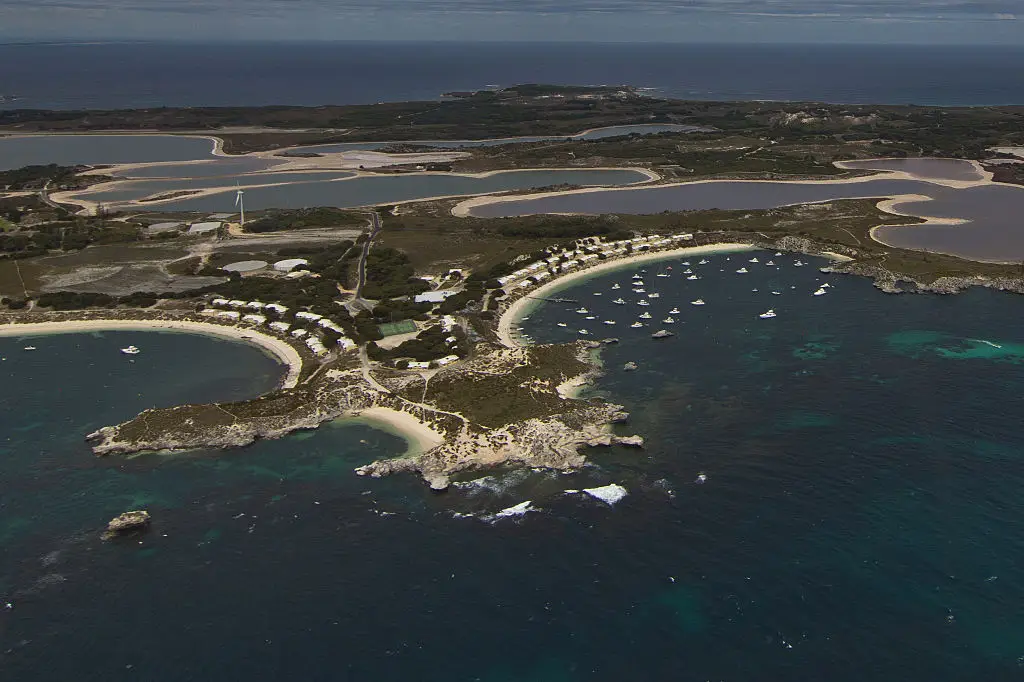
On Rottnest Island, low-impact glamping has matured into a family-friendly eco option where accommodation blends straightforward comfort with habitat protection. Discovery Resorts operates multiple eco-tents designed to reduce site disturbance and to showcase native flora and fauna. Programs focus on protecting quokka habitat, educating visitors about local ecology and minimizing waste and energy use on the island. Accommodation is intentionally scaled to limit development pressures and to keep visitor impact manageable, and on-site initiatives often emphasize native landscaping and water-saving measures. Rottnest’s proximity to Perth makes it an accessible eco-getaway for North American travelers connecting via Australian itineraries. When planning, check island transport schedules, tent availability and conservation rules to ensure your visit supports local protection goals.
12. Twin Farms — Barnard, Vermont, USA
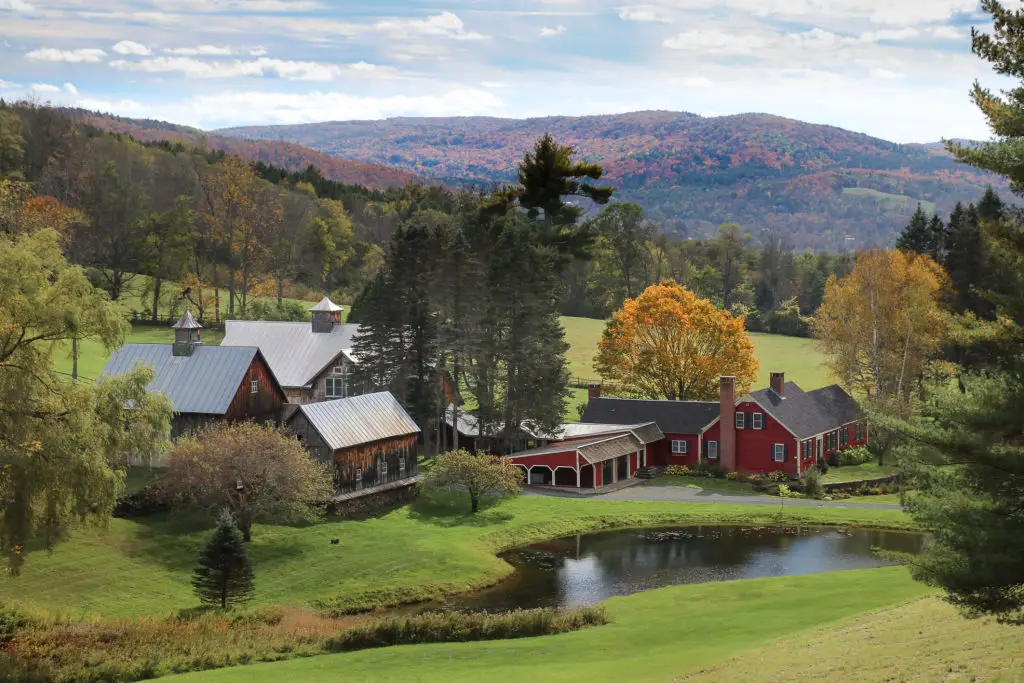
Twin Farms presents a temperate-climate example of sustainable luxury in the northeastern United States, pairing farm-to-table dining with property stewardship and seasonal programming. The estate emphasizes local sourcing, careful land management and refined guest experiences that change with the seasons. Rooms and cottages reflect regional design and prioritize comfort without excess, while culinary offerings highlight Vermont producers and regenerative agriculture where possible. The property’s stewardship practices often include trail management, habitat preservation and energy-efficiency upgrades appropriate to a temperate setting. For North American travelers seeking a short-haul luxury option that supports local agriculture and conservation, Twin Farms offers a domestic model of sustainability paired with discreet, high-touch service. Confirm current sourcing policies and any sustainability certifications on the property website prior to booking.
Responsible Luxury: How to Choose an Eco-Lodge That Matches Your Values

Choosing an eco-lodge means balancing comfort with measurable environmental outcomes. Start by checking official sustainability reports and third-party validators like EarthCheck, Green Key or recognized local conservation partners. Ask specific questions: What percentage of energy comes from renewables? How does the property manage wastewater and solid waste? Which local communities benefit from employment and sourcing? For very remote stays, confirm logistics and seasonal windows, and factor travel emissions into your planning. Consider lodging choices that offer educational programs, hands-on conservation activities or transparent impact reporting. Packing choices and behavior on-site matter too—minimize single-use plastics, follow trail rules and respect wildlife distances. If you want to offset travel emissions, choose reputable offset programs and prefer longer stays over multiple short trips to reduce per-trip impact. Finally, read recent guest reviews and the latest certification updates; as of November 2025, many properties updated their programs, so verify current claims before booking. By asking targeted questions and prioritizing transparent, verified practices, you can enjoy the comforts of luxury travel while supporting lodges that demonstrate real environmental stewardship.


